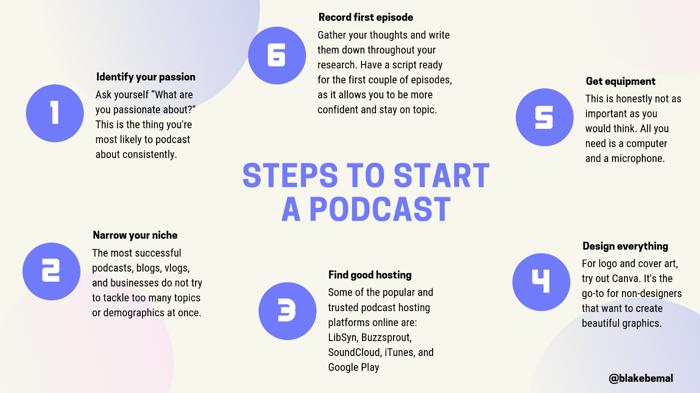How To Design a Simple Business Plan
A Comprehensive Guide to Creating a Simple Business Plan

Frequently Asked Questions
Essential components of a simple business plan include market research, business concept, unique value proposition, target audience, marketing strategy, operational plan, financial plan, projections, executive summary, and review steps.
A business plan helps new entrepreneurs clarify their ideas, establish a roadmap for success, secure funding, and attract investors. It also aids in understanding the market and developing strategies to overcome potential challenges.
Step by Step Guide
1
Conduct Market Research
Begin by performing thorough market research to understand your industry, target audience, and competitors. Explore demographic data, market trends, and consumer behavior to discover gaps in the market. This will help you define your business goals and identify potential customers.
2
Define Your Business Concept
Outline what your business will do and the products or services it will offer. Detail your business model, whether it will be retail, service-based, e-commerce, or other forms. Consider how your business will solve a problem or fulfill a customer's need.
3
Develop a Unique Value Proposition (UVP)
Establish a clear and compelling Unique Value Proposition that differentiates your business from competitors. Your UVP should explain why customers should choose your business over others and include what makes your offering unique.
4
Identify Your Target Audience
Create a detailed profile of your ideal customer. Consider demographic factors such as age, gender, income level, and education, as well as psychographic attributes like interests, values, and lifestyle choices. Use this information to tailor your marketing strategy.
5
Outline Your Marketing Strategy
Detail how you will reach your target audience and promote your business. Include both digital and traditional marketing methods, such as social media, email marketing, SEO, content marketing, and advertising. Set clear goals and metrics to evaluate your marketing effectiveness.
6
Create an Operational Plan
Outline the operational side of your business, including the location, facilities, technologies, and equipment you will need. Describe your workflow, supply chain, and any partnerships or vendors critical for your business operations.
7
Develop a Financial Plan
Outline your startup costs, ongoing expenses, and projected revenues. Include a break-even analysis to indicate when your business will become profitable. Discuss pricing strategies and possible funding sources, such as loans, grants, or investors.
8
Make Projections and Set Goals
Establish realistic financial projections for your business, typically over a three to five-year period. Set short-term and long-term goals to provide a clear overview of where you want your business to be and the steps needed to get there.
9
Write the Executive Summary
This section summarizes your entire business plan. Write it last to highlight the most critical aspects of your plan succinctly. Include your business name, location, what problem you will solve, and an overview of your financial outlook.
10
Review and Refine the Plan
Review the complete business plan carefully, assessing clarity, coherence, and allocations of resources. Seek feedback from trusted advisors, mentors, or potential investors. Adjust the plan based on constructive feedback to enhance its effectiveness.








